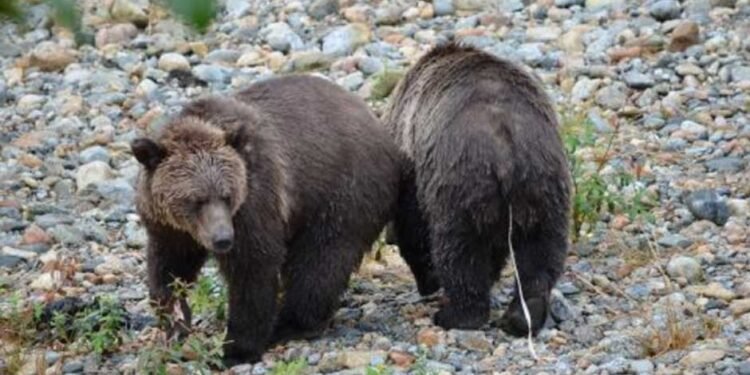In the vast and intricate tapestry of the natural world, parasites play an often-unseen yet fundamental role. Among the many creatures that inhabit our planet, bears, majestic symbols of wilderness, are no exception to hosting a variety of internal guests.
Tapeworms, in particular, represent a common and fascinating aspect of bear biology. This article delves into the intriguing relationship between bears and these elongated parasites, exploring how they are acquired, their general impact on the host, and their broader ecological significance.
The Cycle of Infection: How Bears Acquire Tapeworms
From Prey to Predator: A Dietary Link
Bears typically acquire tapeworms through their diet, consuming infected intermediate hosts. For many species of bears, especially those inhabiting coastal regions like Alaskan brown bears, fish—particularly salmon—are a primary vector.
These fish can harbor tapeworm larvae, and when a bear consumes raw or undercooked infected fish, the larvae mature into adult tapeworms within the bear’s intestinal tract. Other potential sources include infected rodents or carrion, depending on the bear’s specific foraging habits.
Common Tapeworm Species Affecting Bear Populations
Diverse Parasites in Diverse Habitats
Several genera of tapeworms are known to infect bears. *Diphyllobothrium* species, often referred to as broad fish tapeworms, are particularly common in fish-eating bears. These can grow to impressive lengths, sometimes exceeding 30 feet.
*Taenia* species are also found, typically acquired from consuming infected mammals. The prevalence and specific types of tapeworms can vary significantly based on the bear’s geographical location, diet, and the availability of intermediate hosts in its environment.
Impact on Bear Health: A Delicate Balance
Resilience of the Wild Host
While the idea of a large tapeworm residing within a bear might sound alarming, the actual health impact on healthy, adult wild bears is often surprisingly minimal. Bears have evolved alongside these parasites, developing a certain level of tolerance.
In most cases, a tapeworm infection is subclinical, meaning it causes no obvious symptoms. However, in instances of heavy infestation or if the bear is already compromised by other factors like malnutrition or illness, some discomfort, mild weight loss, or irritation might be observed.
Observing the Unseen: Signs in the Wild
Rare Glimpses of an Internal World
Direct observation of tapeworms in wild bears is relatively rare. Occasionally, a bear might pass a segment or even a full tapeworm in its feces, which can be a startling sight for observers. This is often a natural process of the parasite’s life cycle.
Behavioral cues, such as a bear rubbing its hindquarters against trees or shaking vigorously, have sometimes been anecdotally linked to discomfort from parasites. However, these behaviors are not definitive indicators and can be attributed to various other factors.
Ecological Significance: A Thread in the Web of Life
Interconnectedness of Ecosystems
The presence of tapeworms in bears is more than just a biological curiosity; it highlights the intricate interconnectedness of wildlife ecosystems. These parasites are an integral part of the food web, influencing population dynamics and nutrient cycling.
The host-parasite relationship is a classic example of co-evolution, where both species adapt over time. While typically not a significant threat to healthy bear populations, understanding these interactions contributes to a holistic view of wildlife health and ecosystem function.
Conclusion: A Natural Aspect of Wilderness
Harmony in the Wild
Ultimately, the phenomenon of bears hosting tapeworms is a natural and common facet of their existence in the wild. It serves as a powerful reminder that wilderness is a complex system, where life and its various forms, including parasites, coexist in a delicate balance.
While visually striking when observed, these internal inhabitants generally pose little long-term threat to robust wild bear populations. Their presence underscores the enduring resilience of nature and the continuous interplay between predator, prey, and the microscopic world within.












